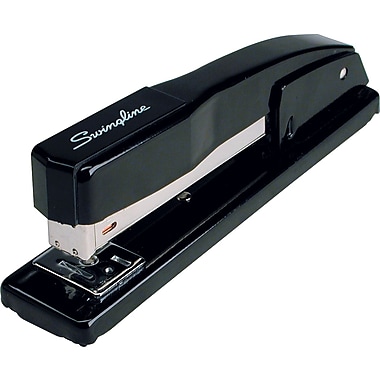"The message;' she writes, "was that people would lose their Mohegan identity when they left the tribal lands:'
McMullen writes and begins to explain her analysis as a non-native. She explains that the basket signifies the Mohegan struggle to connect with their past as the lose their identity to the growing English identity and their identity faces persecution. This is much like the Black Lives Matter movement in which they feel like their people are being persecuted and result in a tarnished identity, leading them to work as a movement to fight their opression. Unlike the Mohegans, who simply acknowledged their loss. The BLM movement has allowed for a growing awareness of oppression and great coverage to the injustice that people of African American descent face. http://time.com/time-person-of-the-year-2015-runner-up-black-lives-matter/


 It argues that material properties should not be overlooked when looking at the meaning if an item, but instead are central to the meaning the item possesses. Items also produce an effect on humans. We see this in the real world example of precious family heirlooms or the idea of "prized possessions." The article "Prized Possessions found at
It argues that material properties should not be overlooked when looking at the meaning if an item, but instead are central to the meaning the item possesses. Items also produce an effect on humans. We see this in the real world example of precious family heirlooms or the idea of "prized possessions." The article "Prized Possessions found at